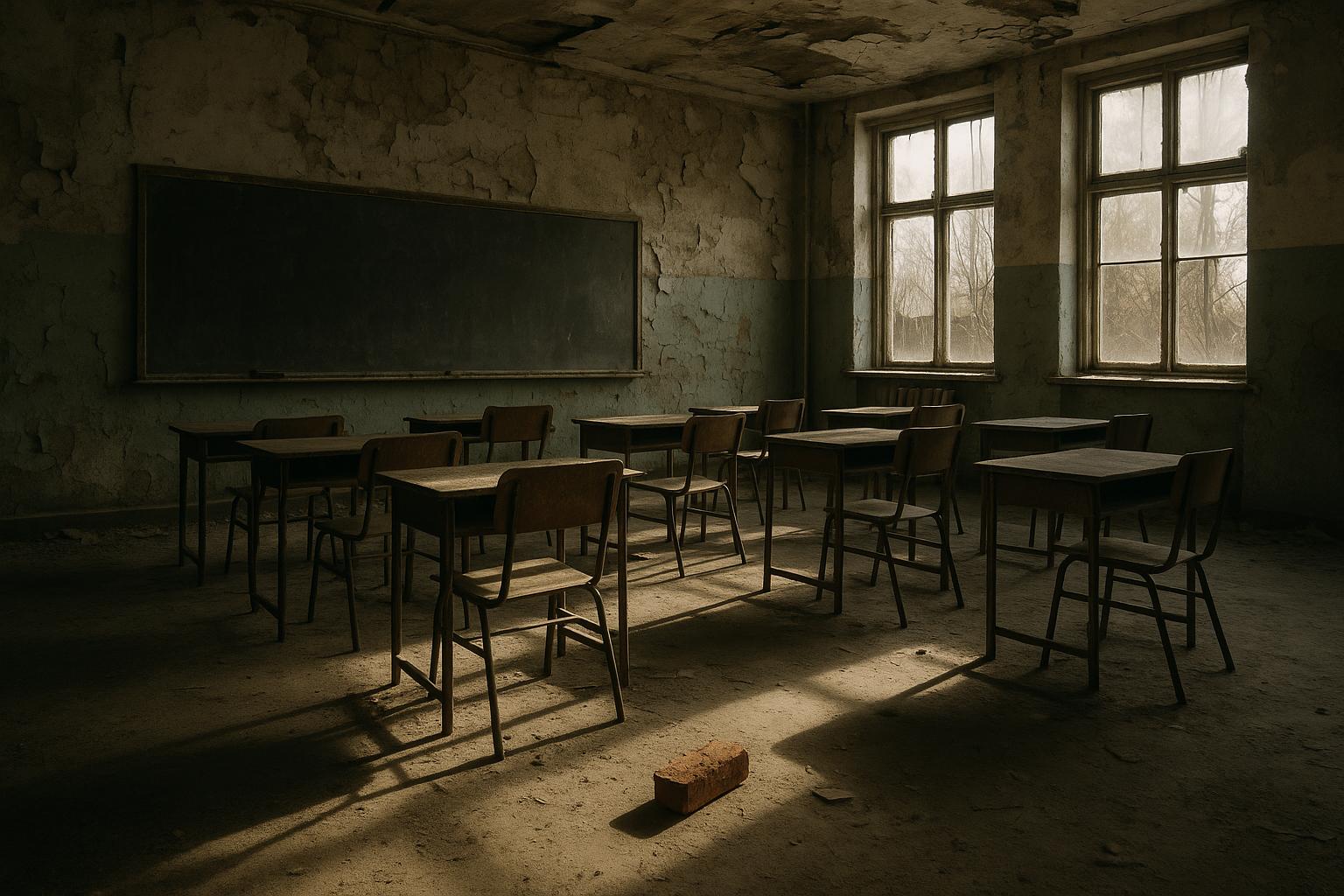The UK government has committed to fully remediating all schools and colleges in England containing dangerous reinforced autoclaved aerated concrete (RAAC) by the next general election, expected by 2029. This pledge targets the removal of crumbling RAAC from 114 institutions, with work underway or planned across affected sites. Additionally, over 120 other schools identified with RAAC will be completely rebuilt as part of an ongoing £1 billion School Rebuilding Programme, signaling substantial investment in safer school infrastructure.
RAAC, a lightweight concrete used extensively in public sector buildings from the 1950s to the mid-1990s, has become a significant safety concern due to its tendency to deteriorate and risk collapse, particularly when exposed to moisture. The Department for Education (DfE) has already removed RAAC from 62 schools and colleges, and inspectors have found RAAC in 237 out of more than 22,000 educational institutions surveyed. The government is providing grants aimed at local authorities and school trusts to undertake RAAC removal at 108 sites, with a further six schools under separate agreements expected to complete remediations before 2029.
Education Secretary Bridget Phillipson emphasised the broader significance of the initiative, stating it reflects a commitment to giving children safe, high-quality learning environments and demonstrating that their education and futures are a priority. This assurance follows significant disruption in 2023 when the DfE temporarily closed over 100 schools days before the academic year commenced, reflecting the urgency and scale of the RAAC safety issue.
Challenges remain, however. Industry experts, including Professor Chris Goodier of Loughborough University, highlighted that RAAC was a relatively unknown material within the construction sector, which traditionally focused on more robust, traditional reinforced concrete. This unfamiliarity contributed to misdiagnoses and delays in recognising the extent of RAAC-related problems in buildings. Meanwhile, school leaders and educational advisers have raised concerns about insufficient capital funding for maintenance and repairs related to RAAC. A survey by the National Association of Head Teachers revealed that a vast majority of school leaders felt their funding was inadequate, often compelling them to prioritise short-term fixes and seek additional fundraising to sustain building safety.
The scope of RAAC issues extends beyond education. The Department for Health and Social Care disclosed that RAAC has been found in hospitals, courthouses, and housing developments, with the government aiming to clear all healthcare buildings of the material by 2035. Recent government reports document progress, including the removal of RAAC from over 60% of affected schools and half of known impacted hospitals. Specifically, seven NHS hospitals have eradicated RAAC, with 12 more scheduled to complete removals by March 2026, supported by a funding package of up to £440 million as part of a broader NHS rebuilding plan.
The DfE's approach to managing RAAC risks also includes new guidance issued in August 2023, instructing that any areas with confirmed RAAC must not be used without appropriate safety mitigations. Schools found to have unmitigated RAAC presence were required to vacate affected spaces immediately. This protocol aimed to prioritise the safety of pupils and staff while systemic remediation plans are implemented.
As the government accelerates efforts to eliminate RAAC from schools and other public buildings, it faces the dual task of delivering swift safety improvements and addressing long-standing underinvestment in educational infrastructure. The commitment to fully remove RAAC by the next election represents a significant milestone, though the ongoing need for adequate funding and industry expertise remains critical in ensuring sustained safety and quality in school environments.
📌 Reference Map:
- Paragraph 1 – [1] Construction News, [2] Gov.uk
- Paragraph 2 – [1] Construction News, [3] Gov.uk
- Paragraph 3 – [1] Construction News
- Paragraph 4 – [1] Construction News
- Paragraph 5 – [1] Construction News
- Paragraph 6 – [1] Construction News, [4] Gov.uk
- Paragraph 7 – [1] Construction News, [5] Gov.uk
- Paragraph 8 – [6] Gov.uk, [7] Gov.uk
Source: Noah Wire Services
